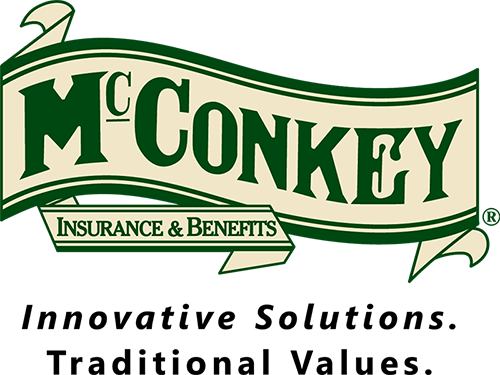
By: Debbie Dare, CLTC, LTCP | caringplans@comcast.net | 717-514-1242
Part five in a six-part guest-authored Long-Term Care Education and Planning Program (LTCEPP®) Series
At this point in our series, you’ve learned long-term care is the need for ongoing custodial care that can happen at any age, where the risks are real, the consequences are devastating, the costs are high and growing, and the alternatives are very limited.
In part one of this series, we talked about how much long-term care costs. To reiterate, the annual median cost of a nursing home with a private room in Pennsylvania was $113,150. An assisted living facility was $42,660. In-home care aides paid $21 per hour.
Costs are expected to double every 15 years. That’s more than $225,000 for a PA nursing home by 2030. Don’t believe it? The annual median cost for an assisted living facility in Alaska is $68,430 and a nursing home is $281,430! Care costs can vary based on location, but are fairly high everywhere.
There are only three ways to fund long-term care:
- Self-funding
- Long-term care insurance
- Combination of #1 and #2 above
Self-funding
Think of how paying for long-term care will affect your retirement plan. To pay out-of-pocket for the care of one spouse, if not both, has a major impact on your family’s financial situation. When personal funds deplete, how will the healthy spouse maintain their lifestyle and ongoing financial responsibilities? Other issues to consider are liquidity, unnecessary taxation, market timing, and income and estate preservation.
Insurance
Long-term care insurance provides a dedicated income stream that allows you to better control your situation, and most people prefer this option for obvious reasons. Plans can be designed to best align with your particular needs and financial situation.
A combination
Most people don’t mind using some of their own money to pay for care; they just don’t want to use all of it. A large percentage of today’s Americans are shifting around 60 percent of their long-term care risk to an insurance policy. To use long-term care insurance and personal assets allows more people to secure coverage at an affordable premium, which makes good financial sense.
An added benefit of purchasing long-term care insurance is the Pennsylvania Long-Term Care Partnership. By selecting the appropriate inflation rider, you can have dollar-for-dollar asset protection against Medicaid spend down for each policyholder. Simply put, purchasing long-term care insurance is the logical continuation of risk transfer that we’ve done all our lives for things like our vehicles and homes.
Premiums will never be lower than they are today.
Many people wait too long to consider long-term care insurance, then find their options are limited. Our health is fragile and can change quickly. This explains why 40 percent of applicants ages 50-69 are rejected because of unacceptable health. You will never again be as young and as healthy as you are right now. If you determine that insurance is an appropriate part of your overall plan, now is the time to move forward with it.
Knowing all of your options and which ones fit your specific needs is key. It’s important to consult someone who is knowledgeable and experienced. A Long-Term Care Education and Planning Program Specialist can help determine how insurance can be a part of your plan and provide you the best offering of policy design and affordable options.
At McConkey, we partner with experts in long-term care planning. If you’d like to learn more, contact us so we can provide you additional information and connect you with a Long-Term Care Education and Planning Specialist:
Beth Cook, GBA
Associate Consultant – Benefits
bcook@ekmcconkey.com
717-505-3146



